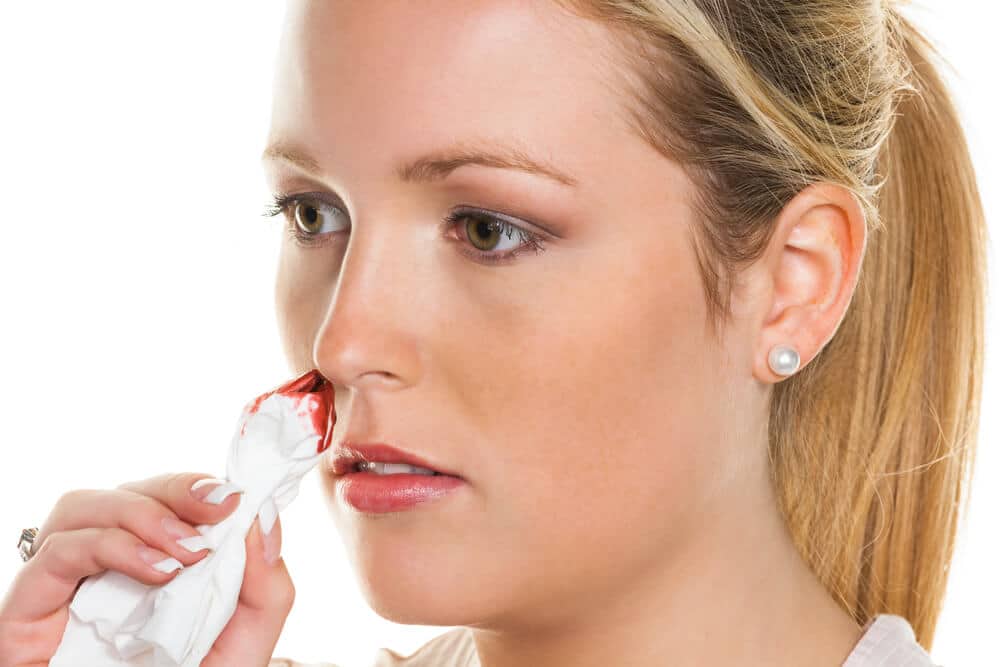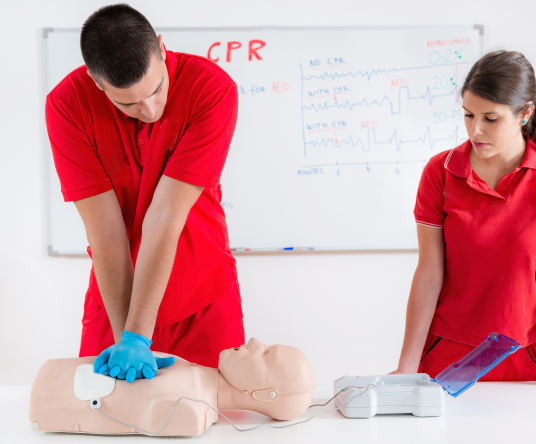Chapter 22: Wound Emergencies
Wounds are injuries that affect soft tissue—meaning the parts of the body that aren’t bones. These injuries fall into two main categories: closed wounds (where the skin isn’t broken) and open wounds (where the skin is broken).

What Can Cause a Wound?
Wounds can result from:
- Cuts or abrasions
- Falls
- Motor vehicle accidents
- Blunt force (like punches or hits)
- Sharp objects (glass, nails, tools)
- Bites
- Amputation injuries
Signs That a Wound May Need Attention
Look for:
- Bleeding
- Bruising
- Swelling
- Pain
- Redness around the area
Wound Types and How to Help
- Closed Wounds
These don’t break the skin, but damage can still occur underneath—especially with hard impacts. The most common example is a bruise. In more severe cases, tissue, blood vessels, or muscles might be damaged, leading to internal bleeding.First Aid: For minor closed wounds, elevate the injured area and apply a cold towel or ice pack for 30 to 45 minutes to reduce swelling.
- Open Wounds
These wounds break the skin and can range from minor scrapes to deep punctures. Small cuts or abrasions may only need basic care, while larger, heavily bleeding wounds (like amputations) require immediate medical attention.First Aid: For minor opened wounds, apply direct pressure with gauze until bleeding stops. Cover with a clean bandage.
- Nosebleeds
Pinch the nose and tilt the head forward. Use a cold pack on the bridge of the nose.
- Mouth Bleeding (Dental Injury)
Apply gentle pressure with gauze, being careful not to block the airway. If a tooth is knocked out, rinse it with water and place it in milk. Contact a dentist immediately.
When to Call for Help
Dial 9-1-1 if you see:
- Excessive bleeding
- Trouble breathing
- Signs of shock
- Serious visible injury (open or closed)
If the person becomes unresponsive, start Cardiopulmonary Resuscitation (CPR). If you’re not trained, perform Hands-Only CPR.
You’ll learn how to handle wound emergencies like these step-by-step in your Online First Aid Course, so you can respond with confidence and care in real-life situations.

